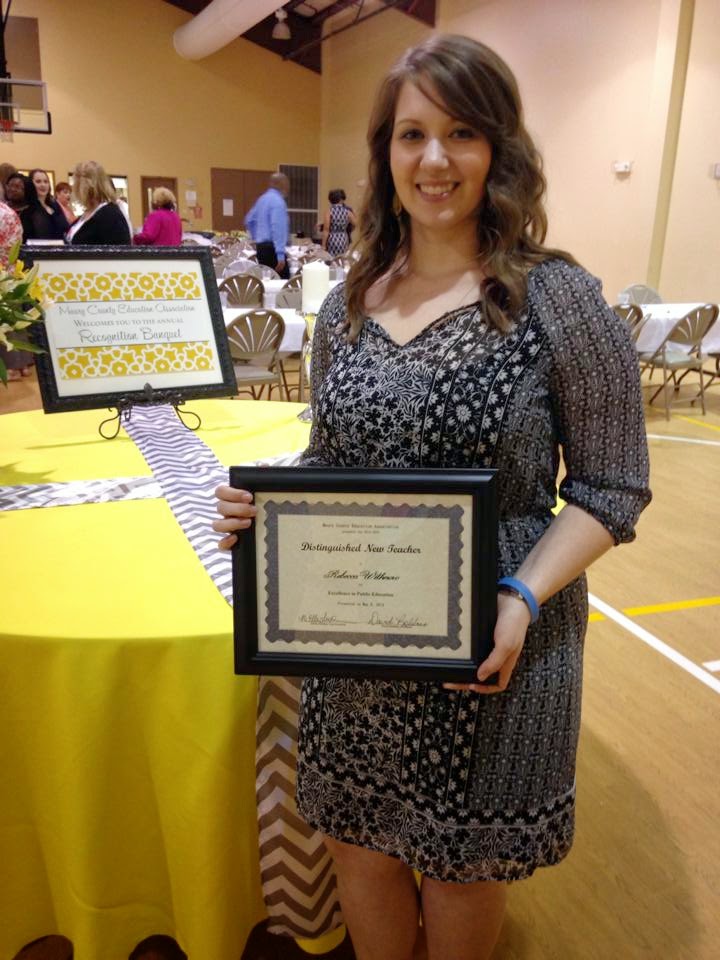One day I decided that I would challenge my 1st grade students with a lesson I had not done before with this age group.
Lesson
Symmetrical Ghosts with positive/negative space
I said I knew it was going to be a challenge, but I don't think I was quite prepared for what I ended up with. By the end of the period I rushed the kids to finish out of sheer frustration of the numerous questions I was asked. I just couldn't understand why they didn't get it. I was so tired of hearing my name at the end of the period, I could have screamed. While leaving for bus duty I took this parting shot.
After bus duty I had some time to cool down. Like I'm sure we have all gone through, I realized the problem was not the students but me. I was wiped by that time in the week and with all the "wedding stuff" I'd had to do, I really didn't need to try something new without preparation.... but I was bored and went against my better judgment and did it anyway.
When I was finally able to look through their work, I was surprised. I don't know what blinders I had on during the class.... But they got it! In their own way... but they got it! I just didn't take the time to explain every step (hence all the questions) but by the time I had answered all of them... "By George they got it!" Take a look
notice the violet and black one :)
Majority, got it...
The reason for this post was to show myself that you should never be unprepared. If you are, then be prepared for the frustration and take what you get. Don't ever come down on your students for something that is not their fault. 9 times out of 10 it was something that you could have done better. And never give yourself more than you can handle.






 Posted by
Posted by
































.jpeg)















































































